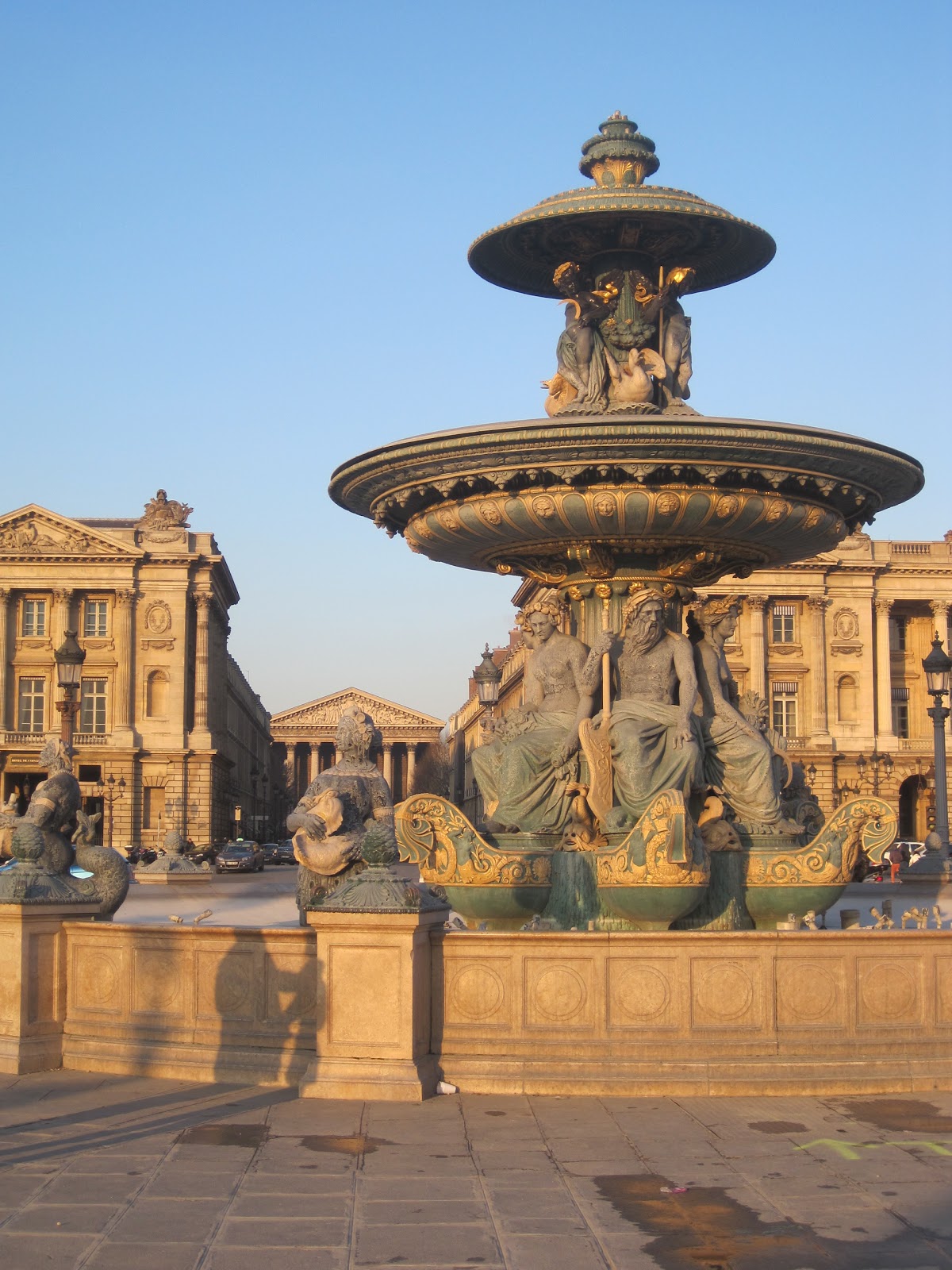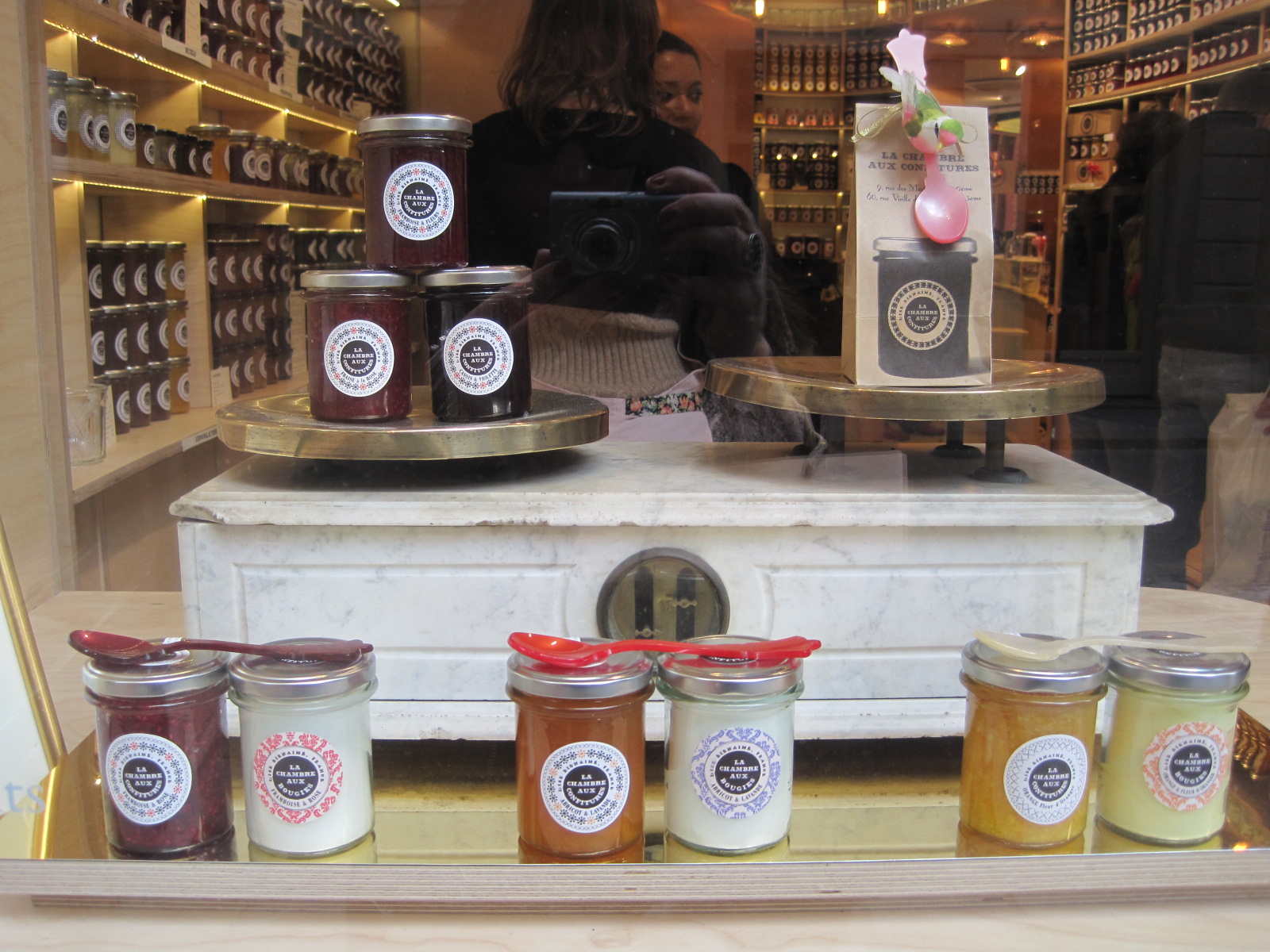French Masterpieces at the Louvre - An Introduction
If you've been following along you'll know I've been I'm listening to Museum Masterpieces; The Louvre a series of twelve short lectures on the collection focusing on painting. It has been a great way to divide up the museum and I've blogged about some of it including the history of the building and the Ruben's Medici series. neither this nor the previous posts are comprehensive but they give a flavor of what I've learnt listening to Professor Brettell's lectures and then hot footing it over to the Louvre.
There is a lot I haven't talked about from the course including a large number of lectures on Italian Renaissance artists, Spanish art and work by artist from the Low Countries. The later makes up some of my favorite areas to visit in the Louvre, partly because the Richelieu wing is far quieter and partly because I can't resist either Vermeer, or an entire room of Rembrandts. Perhaps I need to start another blog post exploring this topic asap.

But back to the matter at hand. As Professor Brettell argues, so much of the Louvre collection is about the ways in which Renaissance art and artists brought their sensibilities into the French tradition, starting with Francis I (above) bringing Leonardo to the French court. Indeed, as the lectures make clear this has a transformative effect on French courtly painting and he picks out the painting below as one that illustrates this transformation.
The transformation and development of French art is bound up with Italian art and indeed the most important French artists of their age (17th Century), Claude and Poussin, spent most of their adult lives and their entire professional careers working in Rome. Poussin's work was scholarly, allegorical and historical. As you can see in the self portrait below he paints himself with a book of poetry, as a thoughtful, sophisticated and learned gentleman.
He is best know for works referencing classical antiquity including Echo and Narcissus and The Inspiration of the Poet, below. The later apparently given to Louis XIV by the prominent landscape architect Le Notre in 1693.
Here are several more of his works in a similar vein, including The Plague of Ashdod (1630) directly below.
In contrast to Poussin, Claude Lorrain known simple as Claude, was not a educated scholarly painter though he too spent his career outside of France. His works are known predominantly for landscapes in a time when landscape painting was in its infancy. They convey a romantic sensibility and are filled with pastoral scenes such as the Village Fete below.
Also known for their classical subjects (though without Poussin's scholarly references) you can see his Odysseus Returns Chrysies to Her Father, below. It's a wonderfully atmospheric picture (these are large canvases) and it's very easy to appreciate.
Rediscovered in the early Twentieth Century, George De La Tour is now appreciated as a master of 17th Century French painting. Unlike Claude and Poussin, his career was firmly rooted in regional France. His paintings are representations of contemporary French figures. Even when portraying the holy family as in St. Joseph or in his 1644 Nativity below they look like local French peasants.
As so many of the other people who came to admire it while I stood in front of it, I loved De la Tour's Cheat with the Ace of Diamonds, below. I love the sumptuous richness of the painting and the layers of meaning and tension between the players, including the cheat, the wealthy young master on the right, the knowing well dressed woman and the servant girl. Unlike so many classically inspired or religious topics that require a particular knowledge to "read" the paintings this work is obvious to the modern eye as we can see the cheat (on the left) holds the Ace of Diamonds behind his back. Of course this is unfortunately not quite so evident in my photo below! I spent so long trying to get this photo right and was so happy to have avoided the light reflection on the canvas, only to find later I'd cut off the vital part. Clearly not my finest moment, you'll just have to believe me or go to the Louvre to see that it's there!

One of the things I've enjoyed about these lectures is being introduced to painters I didn't know before including the three Le Nain brothers who because of difficulties regarding attribution are often regarded as a singular artistic entity. Working in Paris their subjects are quintessentially French and their attention to daily life and humble folk is far from the scenes of classical literature illustrated in the works above. Literal, rather than symbolic or classical,
their surviving painting are predominantly genre painting of everyday life including Peasant Family in an Interior below. Clearly this work is influenced by the painters of Dutch genre scenes.
their surviving painting are predominantly genre painting of everyday life including Peasant Family in an Interior below. Clearly this work is influenced by the painters of Dutch genre scenes.
The lectures also point out quizzical works like the one below. As Professor Brettell pointed out very little is know about works such as this, who it was painted for, why and how it was undestood remain a mystery. It would of course be less of a mystery if only I could remember the painter's name!
Obviously this doesn't cover all the masterworks of French painting at the Louvre! I still have lots more to look forward to including lectures covering Watteau, Chardin, Boucher, Fragonard, David, Delacroix and Ingres. So there may be another post sometime soon.





















Comments